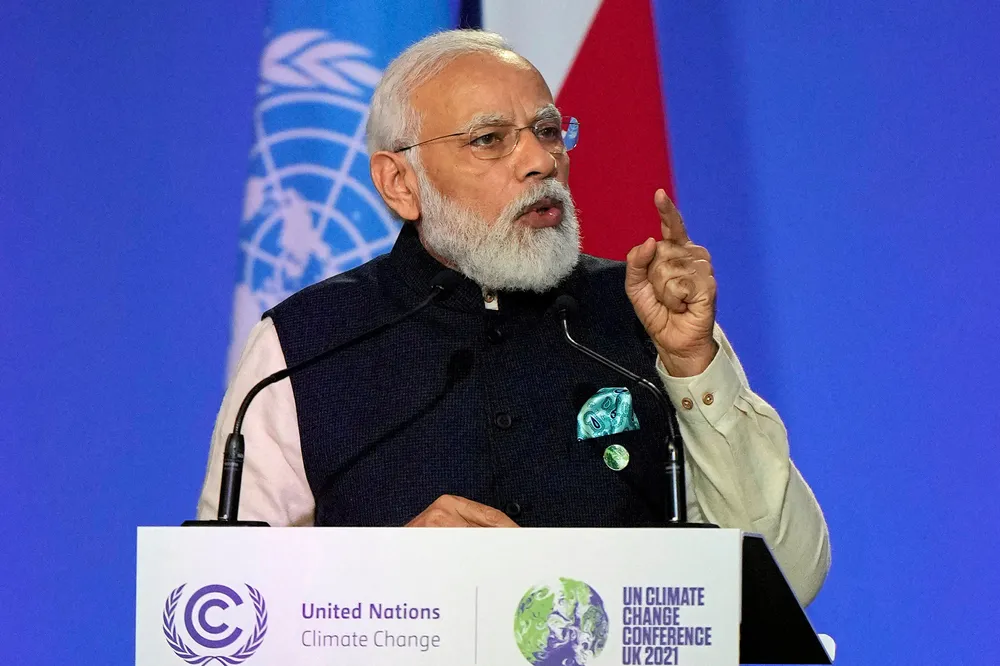India emerging as key base for hydrogen electrolyser production with 8GW by 2025
Western companies are piling into India’s green H2 market via joint ventures with homegrown energy firms, says analyst Rystad Energy

Western companies are piling into India’s green H2 market via joint ventures with homegrown energy firms, says analyst Rystad Energy
